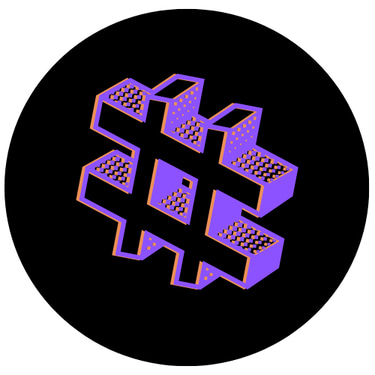
100+ Global Deployments
This isn’t theory, it’s lived experience.
Across five years leading data-driven creative transformation projects with a global beauty leader, a multinational FMCG retailer, a global travel & retail group, and one of the world’s largest hospitality networks, the same challenge appeared: fragmented data systems, creative logic trapped in static playbooks, and manual rules that slowed scale.
As Head of Integrated Creative at Incubeta, my role was to bridge the gap between strategy and system, turning creative ideas into data-driven infrastructure that could actually scale.


This global beauty leader’s challenge wasn’t creativity, it was connection.
Eighty-plus stakeholders across markets were producing brilliant content, but execution was manual, inconsistent, and locked in static playbooks. Together with a major technology partner and our internal data teams, we co-developed 22 modular personalization strategies, translating brand logic into HTML-based templates that could adapt in real time.
We integrated AI-driven skin-matching technology into dynamic creative variants and trained global teams to operate within a “living” system, one that could learn, adapt, and scale across creative, audience, and channel logic.
The project went on to win an industry award for media efficiency, but more importantly, it validated a new model: data-driven creativity that doesn’t just report on performance, it responds to it.


Whether it was a multinational retailer needing inventory-aware automation, a global travel brand bridging creative feedback loops, or a hospitality group unifying over 100 localised campaigns, the symptoms were consistent:
Data fragmentation and tool inconsistency
Creative that couldn’t learn from signal
Manual rule logic slowing growth and burning out teams
My work evolved into building frameworks that connected these worlds, designing feeds, logic trees, and creative rules that allowed data and storytelling to work together seamlessly.




I worked with a team that developed a Creative Testing & Automation tool, which required an agile framework integrating:
DV360 advertiser linking and Studio architecture
Variant management and feed-based QA
Click-event validation and automated Studio reporting
Sprint-based testing in Jira and Git-controlled deployment
It wasn’t just creative ops, it was data architecture for imagination.
The same logic that powered these enterprise deployments later became the foundation for JourneyOps, my current product hypothesis, a system that connects signals, personas, and creative logic dynamically.


The Outcome
+150% enterprise revenue growth (multi-market programs)
Global award recognition for automation and efficiency
L’Oréal case published on Emerce.nl
Frameworks now referenced in automation strategies across SaaS and retail
